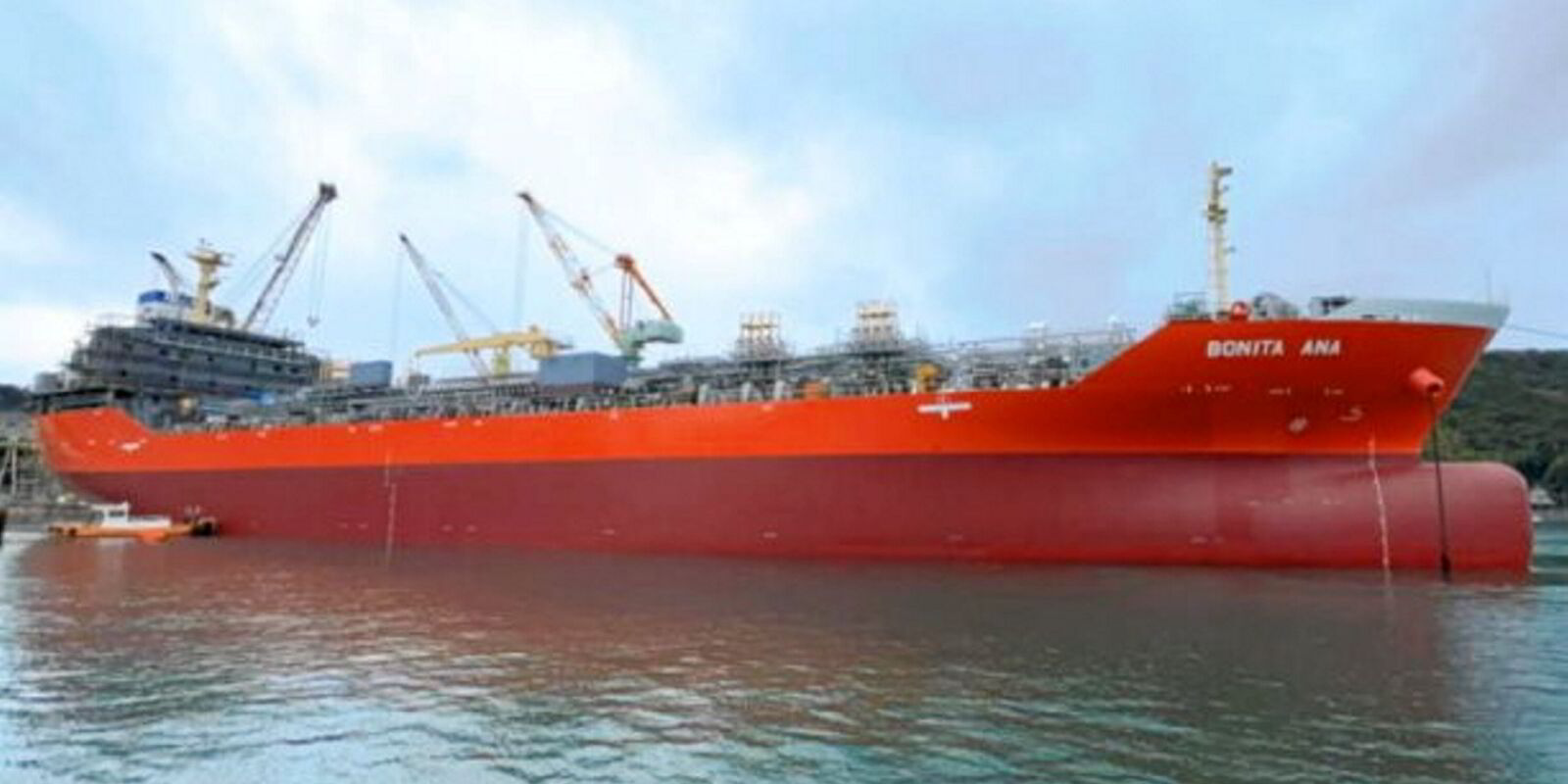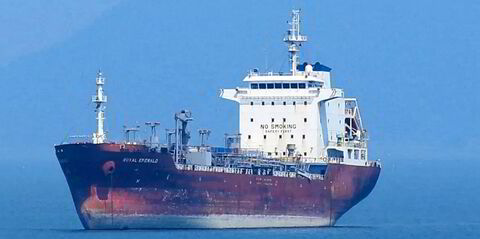Tanker rates are building momentum, but a policy change in China could take a toll.
There were big gains on the North Sea to UK/Continental Europe aframax route on Wednesday, with rates shooting up by more than one-quarter to $39,400 per day, according to Clarksons.
Meanwhile, it said an MR sailing from Europe to the US East Coast was assessed to be earning $13,000 per day — a 53% jump from Tuesday and a near doubling from last week.
VLCCs continued their upward momentum, as well. The broker’s fleet weighted average hit $43,500 per day, a 2.7% jump day on day and a 24% rise from last week.
A roadblock to tankers earning their typical seasonal highs has been Chinese demand. Less gasoline demand from ground transportation, slower industrial activity and lower consumer spending are keeping crude imports low, and high refining margins are keeping product exports down.
The seasonal weakness has kept vessels on many routes below their year-to-date averages, and in some cases, even their quarter-to-date averages.
ABG Sundal Collier’s Petter Haugen pointed out another potential issue with Chinese demand: a lower export tax rebate for petroleum products.
The veteran analyst said Beijing cut the rebate to 9% from 13%, which, if it were to halve Chinese product exports, would reduce product tanker demand by 2% and slash crude demand by 600,000 barrels per day.
Haugen said the 50% reduction figure is an example, not an estimate, but even a 10% drop would drag product tanker demand down by 0.5% and crude tankers by 0.2%.
“While the net effect from the reduction in the tax rebate is directionally negative, underlying global oil demand will still be more important,” he said.
He noted that the International Energy Agency and the US Energy Information Administration expect 1m bpd to 1.2m bpd of demand growth in 2025, portending higher crude tanker fleet utilisation next year.
But, Haugen said, geopolitical developments could be more important than fundamental factors.
It remains to be seen whether the Red Sea will open again after being in effect closed to mainstream shipping for the past year; how the expected US tariffs on foreign goods will affect oil flows; and if the anticipated tough-on-Iran policies out of Washington will bring down Tehran’s crude exports.





